On 11th October 2024, the SEARCH SAPPHIRE stakeholder engagement meeting brought together an array of health experts, researchers, and stakeholders to discuss the ongoing efforts and results of health initiatives in Uganda and beyond, sharing innovative insights and data on addressing HIV and non-communicable diseases (NCDs) in Uganda and across Sub-Saharan Africa. The meeting opened with welcoming remarks from Dr Alex Opio, Chair of the Scientific Advisory Board, who praised stakeholders’ dedication, stating, “We look forward to any ideas as we set out to design Phase 3.0 of our study.”
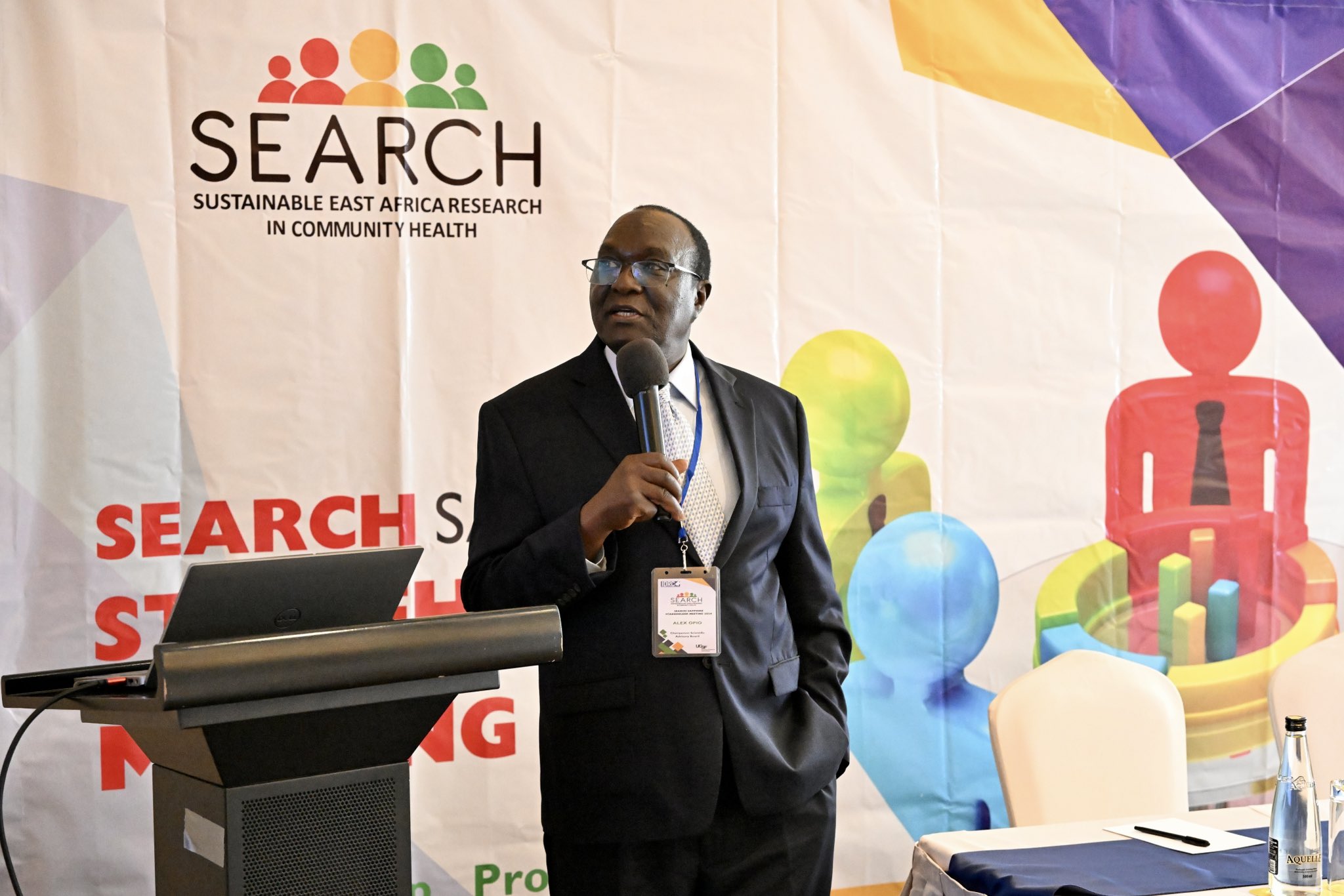
Professor Moses Kamya, Executive Director of the Infectious Diseases Research Collaboration (IDRC) and co-principal investigator for SEARCH SAPPHIRE, expressed gratitude for the collaborative spirit. He emphasised the meeting’s goals: “We enjoy these meetings as a chance to share data locally, where it matters most, and to get your feedback.” Professor Kamya highlighted SEARCH’s “dynamic choice” model, a community-centred, multi-disease approach designed to empower patients to make informed choices regarding HIV prevention services.
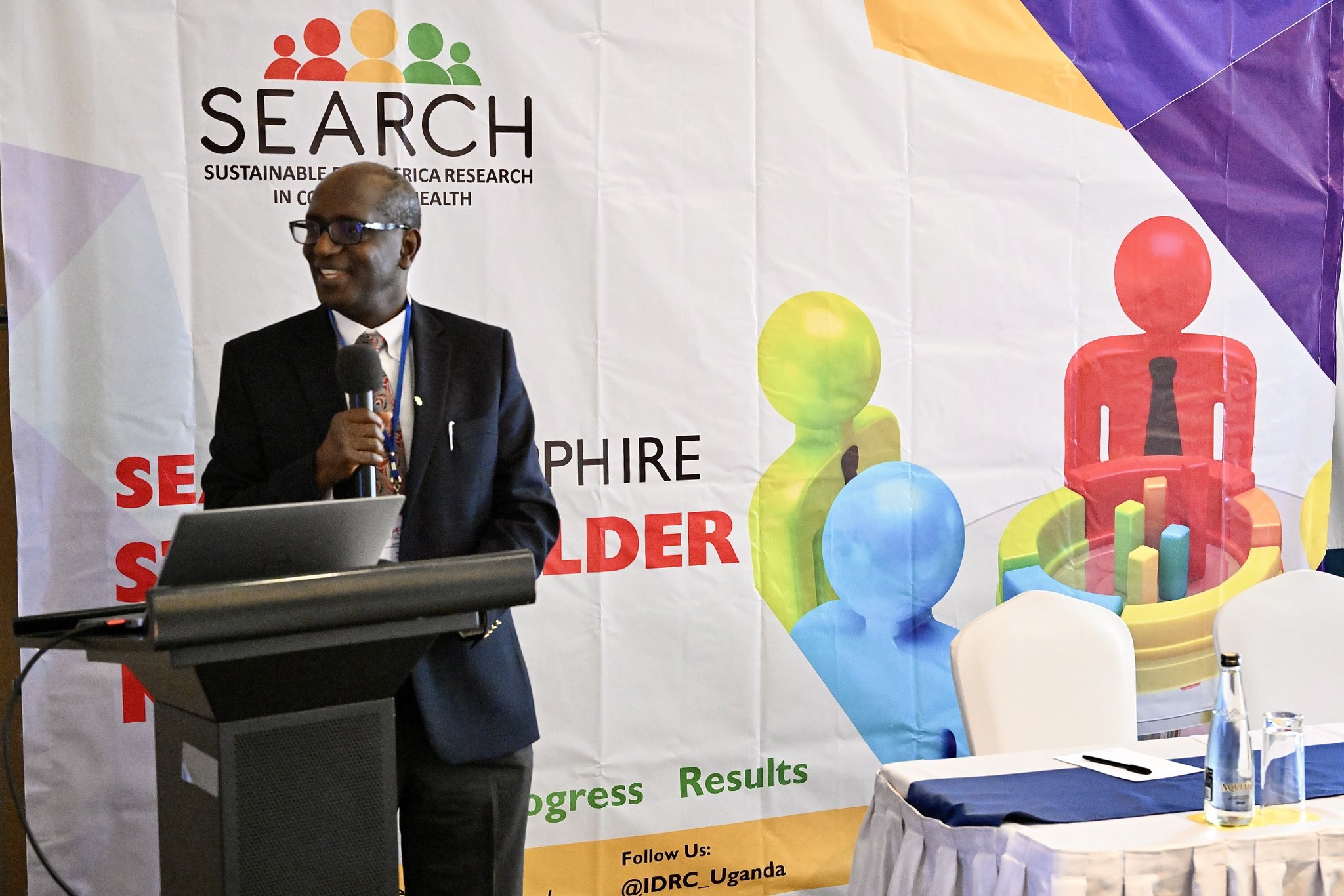
Professor Diane Havlir, the UCSF Principal Investigator for SEARCH SAPPHIRE, provided an overview of the study, emphasising the importance of locally informed research to drive policy decisions. “SEARCH’s goal is to test bold, population-level interventions to end AIDS and improve community health,” she said, adding that the person-centred, multi-disease model has been instrumental in expanding access to HIV treatment and prevention.
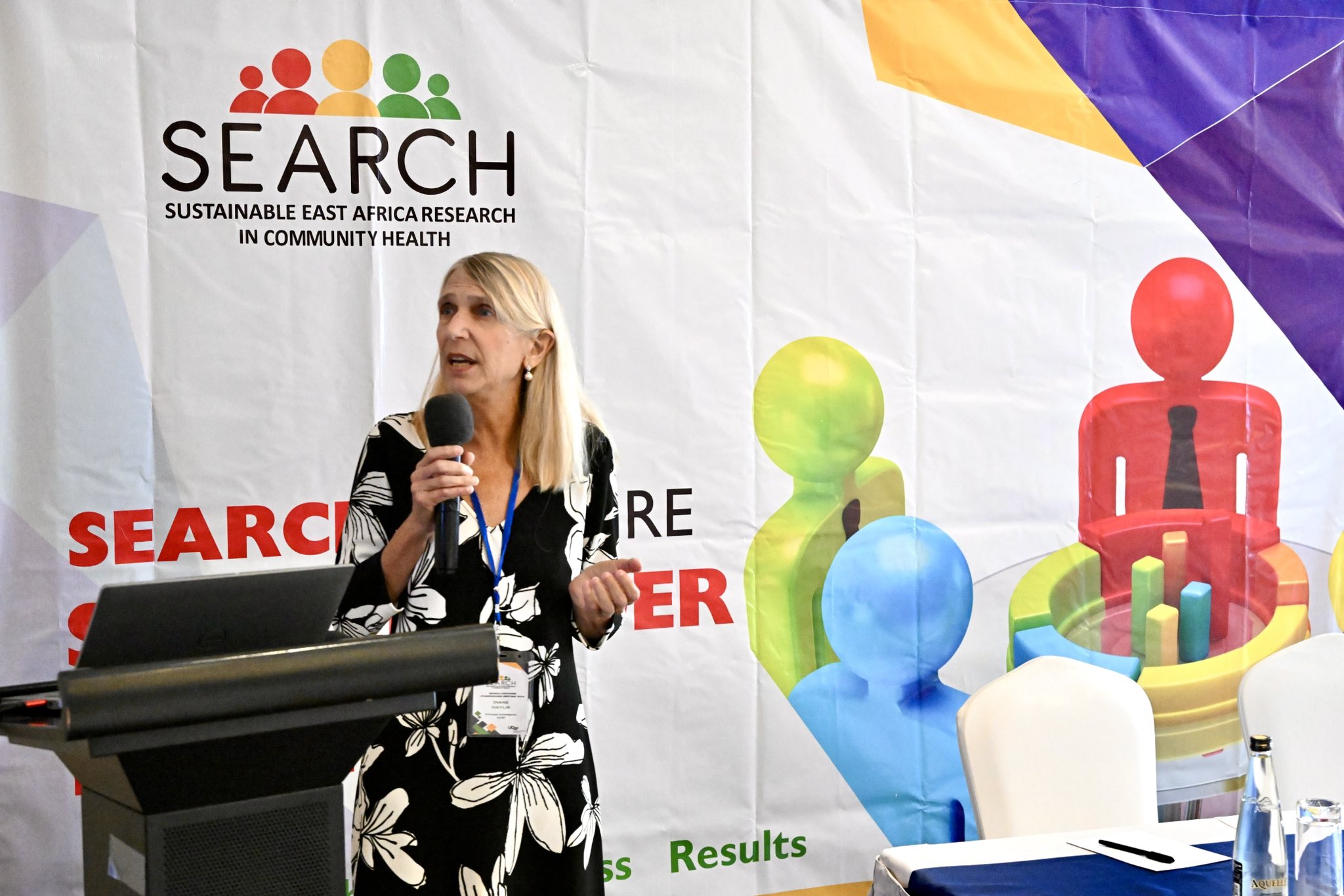
Professor Maya Petersen, the UC Berkeley Principal Investigator of SEARCH SAPPHIRE, welcomed stakeholders and highlighted their feedback’s importance in shaping the SEARCH collaboration’s research agenda.
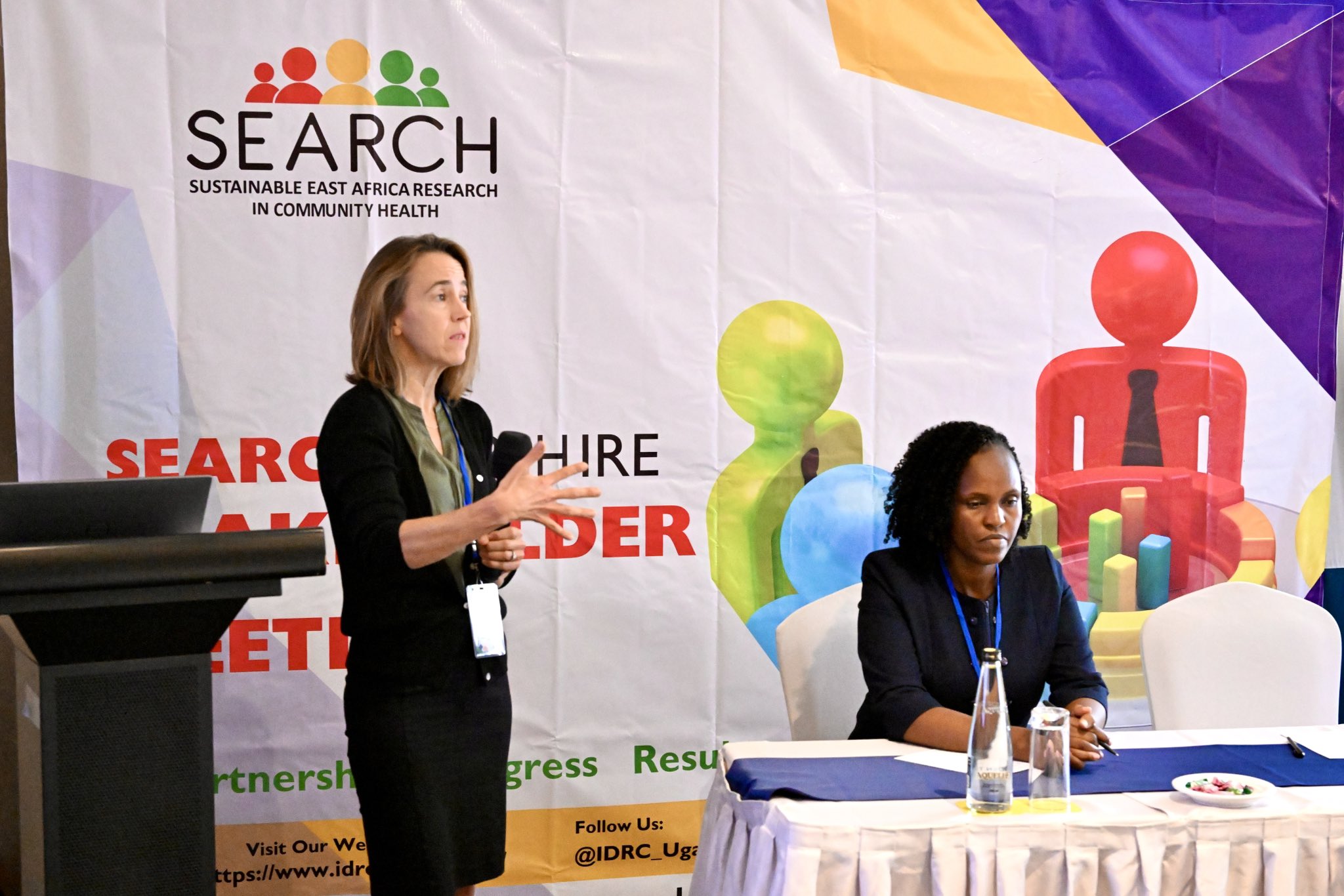
Presentations from program manager Jane Kabami and principal investigator from UCB, Professor Maya Petersen, further explored findings from recent trials. Jane Kabami shared data on the dynamic choice model’s success in increasing HIV prevention coverage, with the addition of injectable Cabotegravir (CAB-LA) as a new HIV prevention option. “No one-size-fits-all solution meets the prevention needs of our clients,” she stated, emphasising the importance of patient choice. Professor Petersen discussed the long-term impacts of these interventions on HIV prevalence, explaining, “Adding CAB-LA to the Dynamic Choice HIV Prevention model profoundly reduces HIV prevalence and has a long-term cost-effectiveness potential compared to Dynamic Choice HIV prevention without CAB-LA.”
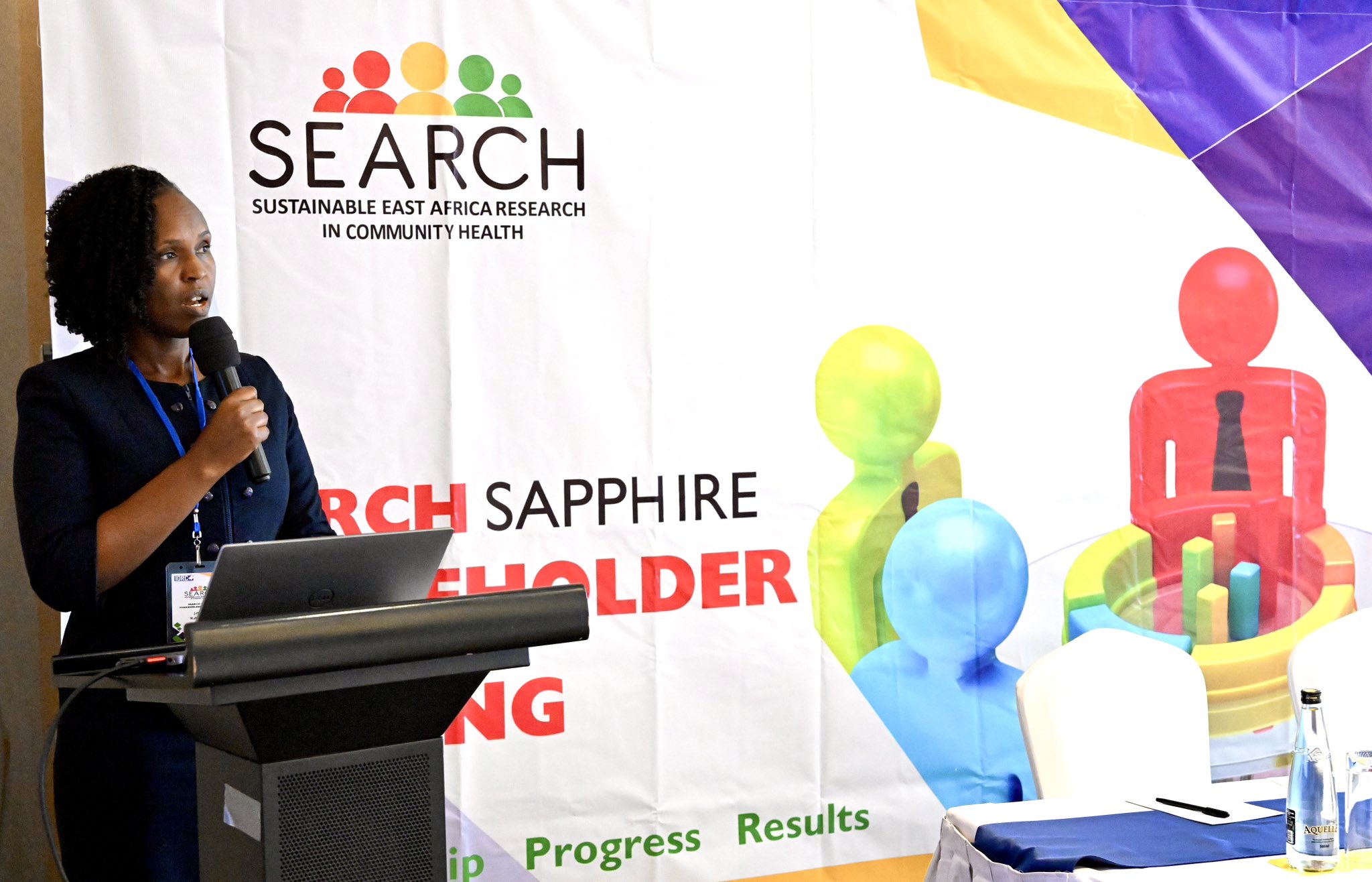
Dr. Elijah Kakande presented the study’s hypertension telehealth intervention, which showed promising results in blood pressure control. “We reduced population-level uncontrolled hypertension by 59%,” he noted, underscoring the scalability and success of community-based hypertension screening and treatment with the involvement of community health workers.
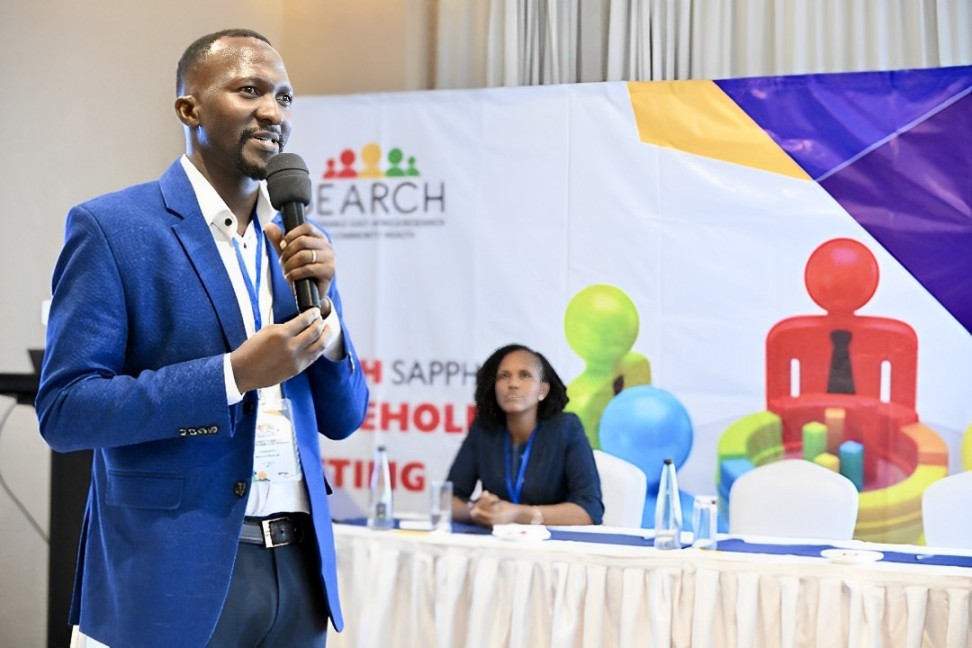
The meeting’s Q&A session fostered dialogue on real-world application, with participants raising questions about adherence, stigma, and accessibility of Dynamic choice prevention with CAB-LA. Jane Kabami addressed these, affirming, “The patient-centred model supports participants based on their unique barriers, helping them remain consistent in their treatment.”
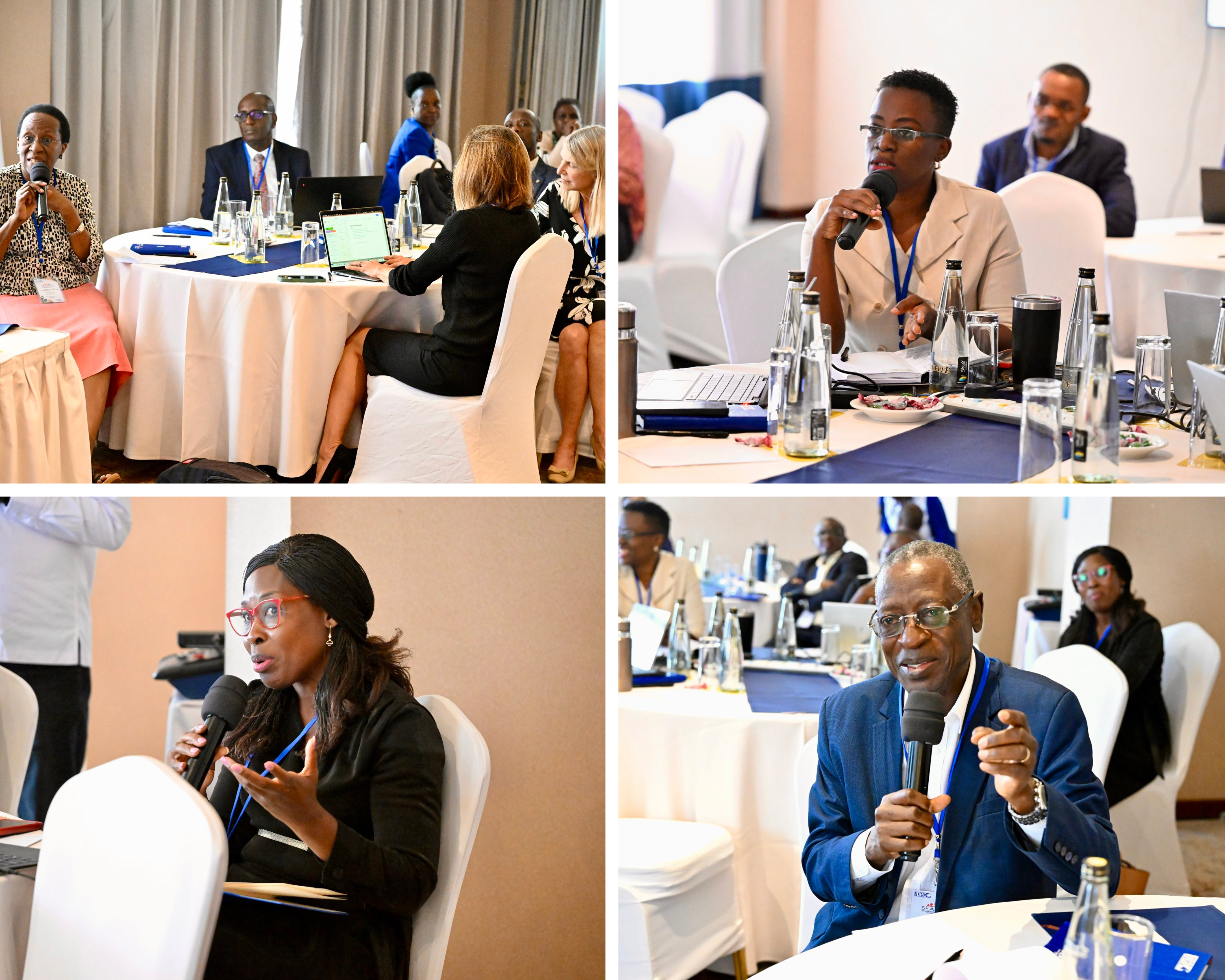
Stakeholders also expressed enthusiasm about the community-based hypertension telehealth intervention, adding that it is aligned with national priorities and will inform policy.
Professors Kamya and Havlir’s closing remarks underscored the meeting’s productive exchange. Professor Havlir concluded, “We leave here inspired by the possibilities ahead and the collective commitment to transform community health.”
Professor Kamya appreciated the collective efforts, stating, “The collaboration today has stimulated valuable thinking and laid the foundation for future progress.”
The SEARCH SAPPHIRE stakeholder meeting underscored the essential role of shared insights, community-centred strategies, and the ongoing dedication of health professionals and researchers. The collaborative environment fostered at the conference promises to translate into practical, sustainable healthcare solutions that respond to each community’s unique needs, forging a path to better health outcomes in Uganda and beyond.
